Harvesting Hope In Hard Times
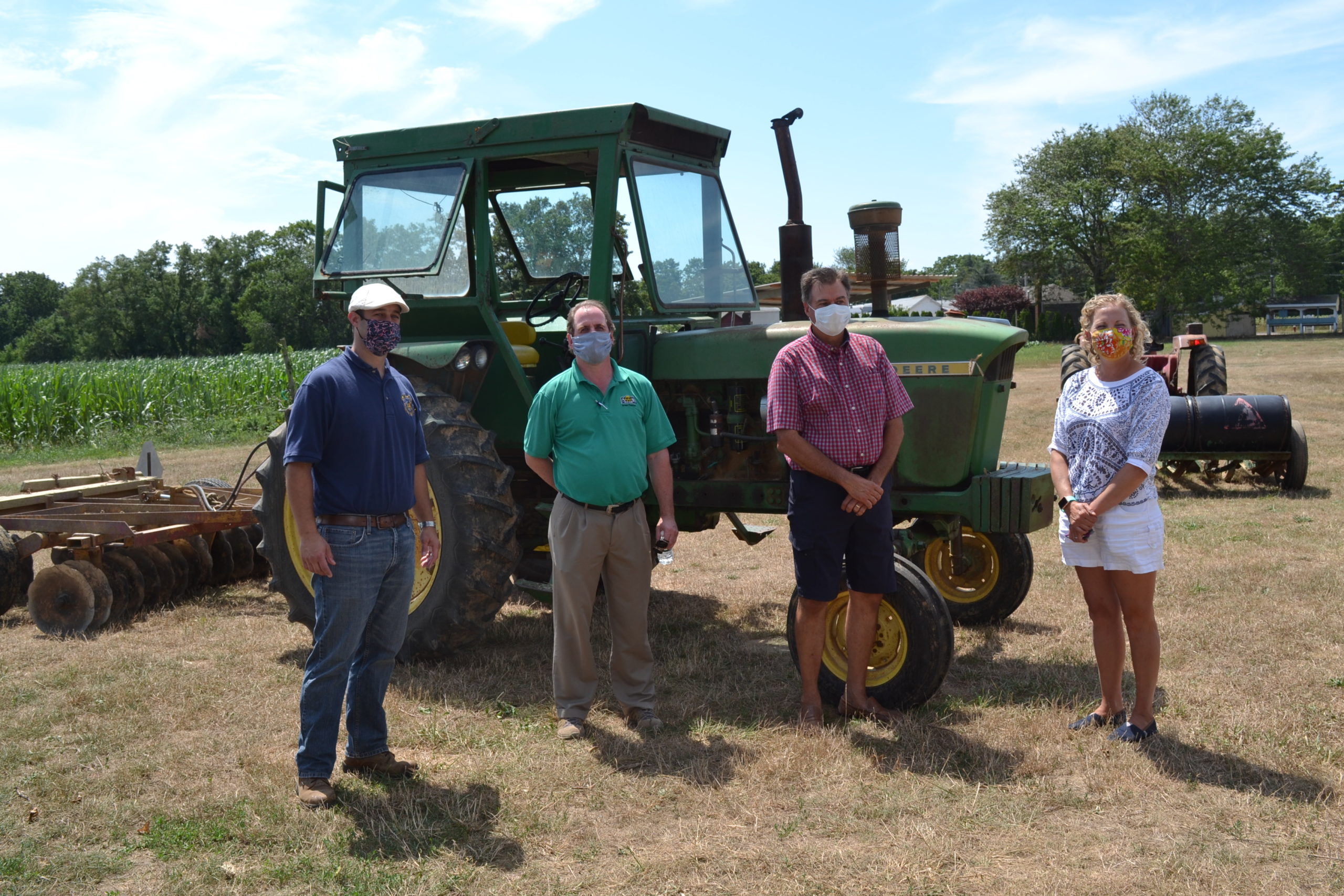

It’s there in every tomato picked out at a farm stand, every corn stalk that rises in a field. The roots of our farming history, running deep across the Hamptons and the North Fork. In those tangible ties of past and present, the bounty and beauty, there has also always been the reminder of the fragility of the farms, the moments waiting in unpredictable futures that quickly become challenges in the present.
When it comes to agriculture on the East End during COVID-19, farmers have had to adjust business models like never before as their clientele shifted, while also figuring out ways to keep customers and employees safe. For some, an influx of New York City residents has driven extra business. Others, who rely on New York City and area restaurant orders, have needed to adapt as they face lost sales and low production.
On Friday, August 14, Suffolk County Legislature Presiding Officer Rob Calarco joined Long Island Farm Bureau Administrative Director Robert Carpenter for a tour of farms on the North Fork and Riverhead to learn more about Suffolk County’s farming industry and to speak with local farmers about the impacts of COVID-19.
Dan’s Independent Media joined to visit three of the varied locations: Crescent Duck Farm in Aquebogue, Krupski Farms in Peconic, and Aeros Cultured Oyster Co. in Southold. Each business represents just part of the fabric of the East End farming industry, and each has its own set of concerns, challenges and obstacles during these times.
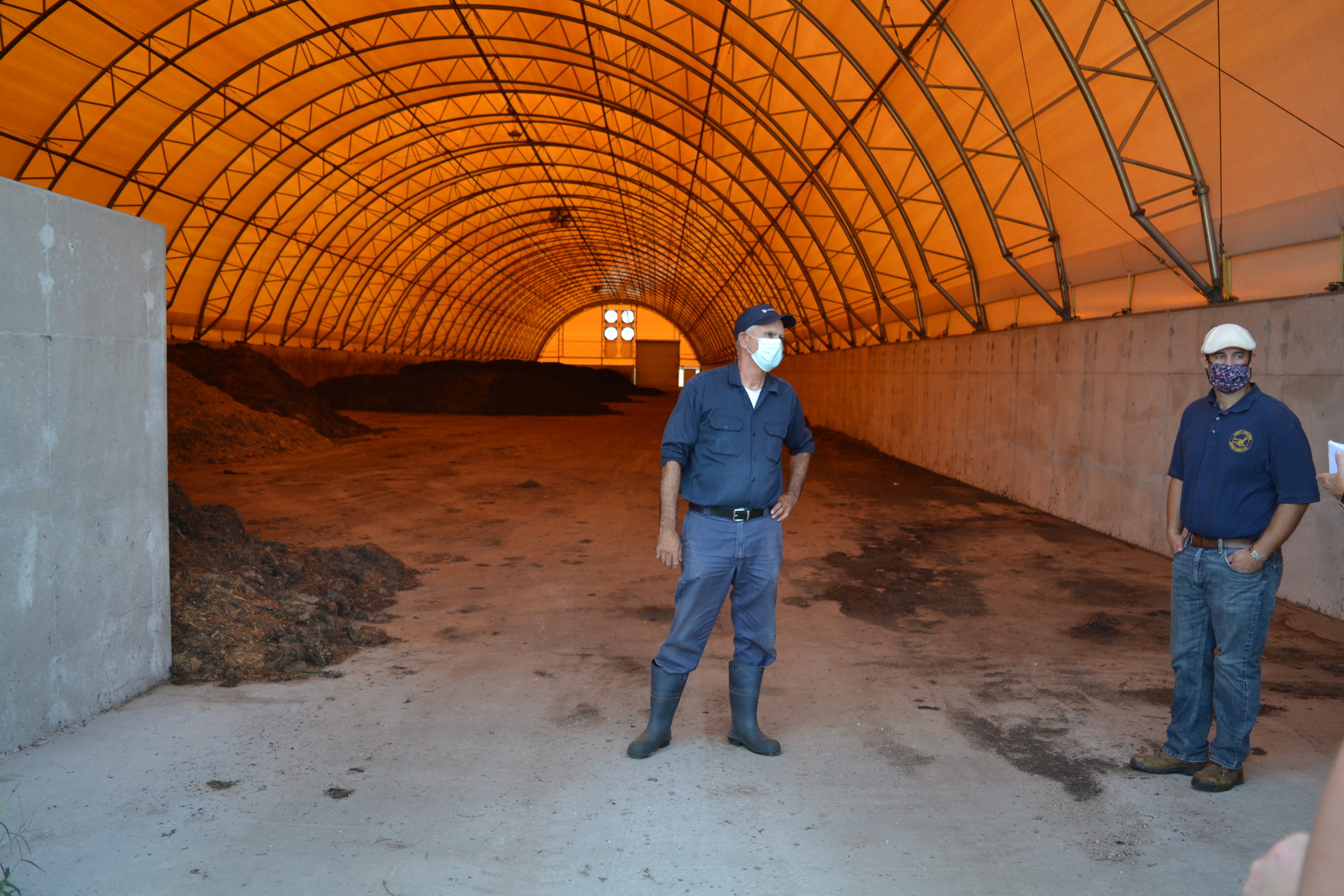
“2020 is the most radically different year in any of our lives,” says owner Doug Corwin outside of his business, Crescent Duck Farm, the last remaining duck farm on Long Island, a region that was once known for its duck business. “We stopped growing ducks for three months.”
Most of his business comes from sales to high-end restaurants in the New York metro area, while he also supplies ducks to venues across the country, he explains. It was a hard hit when restaurants started closing doors due to COVID-19. His farm sells roughly a million ducks each year, which makes up about 4% of the industry in the United States.
“Normally I employ about 84 people. I laid off 70 people in the beginning of April. I’ve brought back about 50 to 55 at this point . . . hours are reduced.” Now, as things start to look up, he plans to bring back the other workers in the next month or so. “I’ve never laid off anyone in my life. To lay off 70 people at once was quite a shock. You have to try to survive, and at least we’re able to bring people back,” says Corwin, whose payroll is about $4.5 million each year.
“I’ve lost a million dollars in four months,” he continues, explaining that right now he is processing at about 25% but believes that in a month he will be back to 50%. “We’re trying to keep this thing going.”
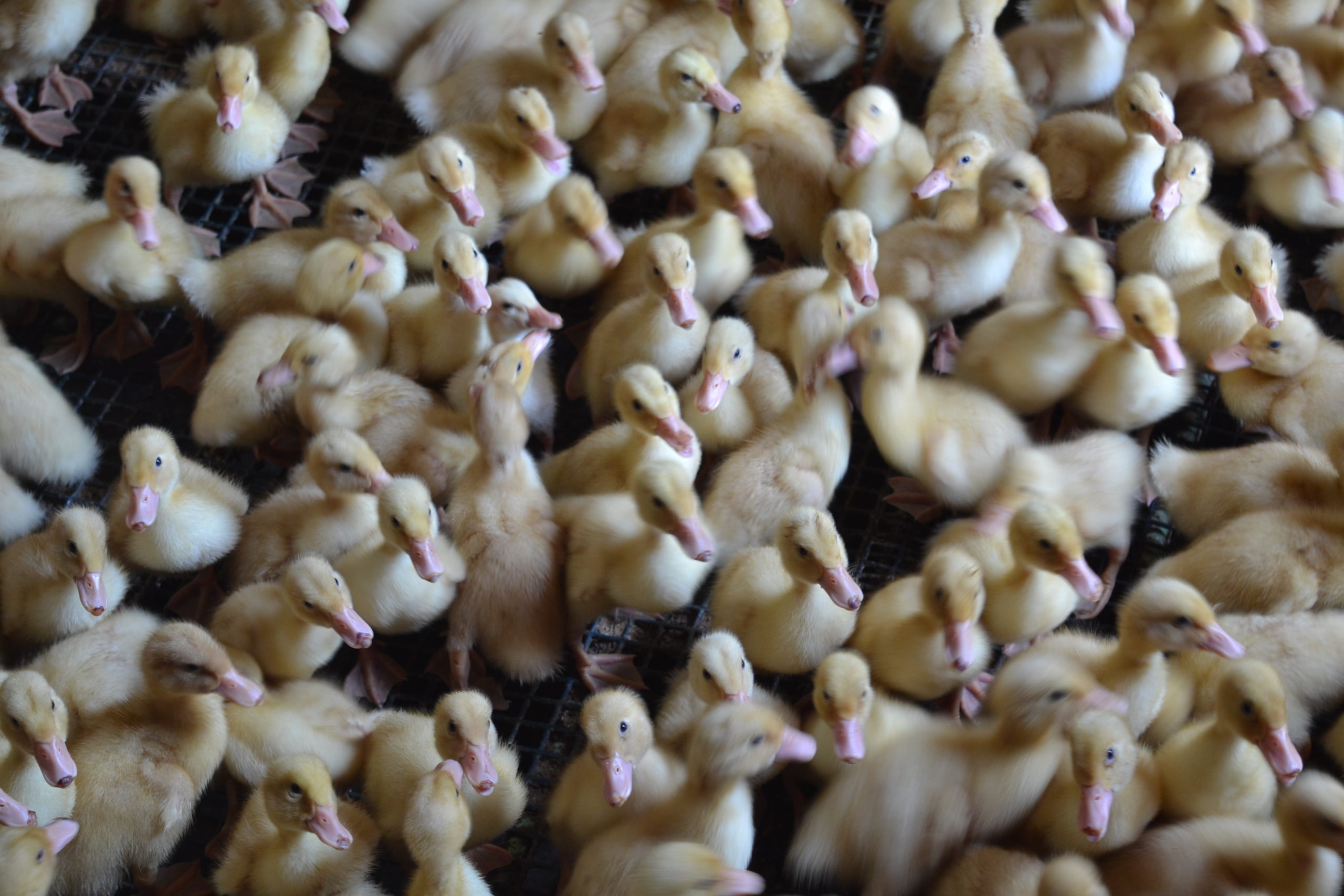
There are surrounding businesses that have seen success. “There are a lot of retailers out here doing great. Miloski’s turkey, he’s having a banner year,” he says, referring to Miloski’s Poultry Farm, a 30-acre family-run farm with a farm shop in Calverton. During the pandemic, many East End residents have shopped directly from farm stands, as a way to avoid grocery stores and support local business. South Fork farms like Balsam Farms in Amagansett even expanded delivery service to be able to deliver farmed goods directly to the consumer’s door.
But it’s the high-end restaurants in New York City that are having a “heck of a time,” Corwin says, and “we’re reliant on the restaurant industry, we’re reliant on the cities. And tell me what shape Manhattan is in right now. No one wants to spend money in [New York City] right now. The restaurant industry is basically closed up.”
There’s no question there is uncertainty for New York City and its dining scene, and many East End farmers depend on sales to these Manhattan restaurants. “It was horrible. Sales were really robust and then they were nothing,” says Karen Rivara of Aeros Cultured Oyster Co., speaking of how New York area restaurant sales had decreased in her industry. One problem oyster farmers came across this year was the crop growing too large as sales went down, making them less desirable.
“If they get too big then they’re not attractive to the market, that’s the problem. People wanted to sell oysters so they have room in their gear for the next year’s crop and they have these big oysters that the restaurants really don’t sell,” she says.
If the oysters need to be cooked, as the larger ones do, she says, it loses “its unique flavor that it gets from each estuary.”
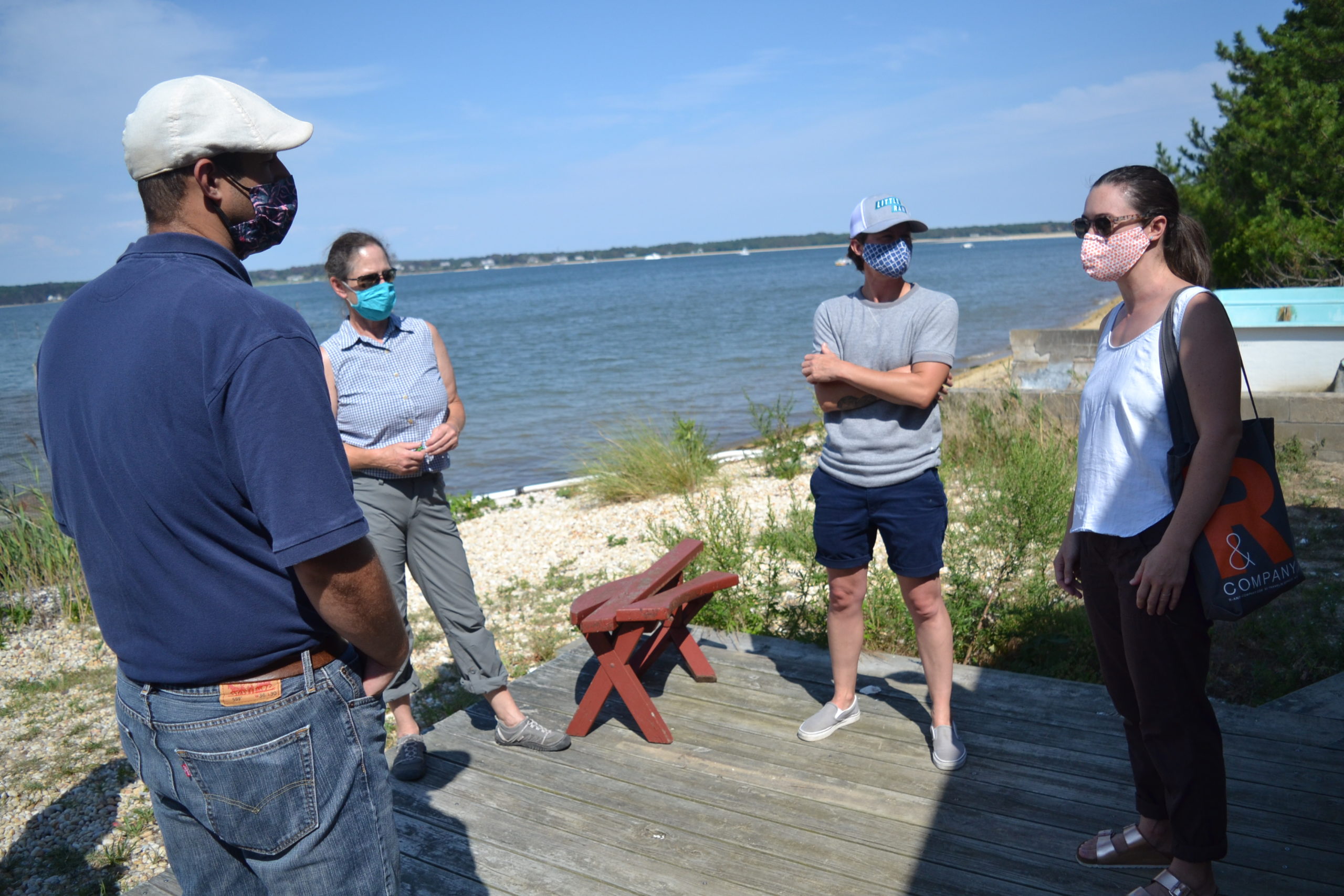
“Especially with COVID right now, all of Manhattan orders have gone away. Without the purchases oysters are getting bigger and bigger, the waters are warmer . . . It’s been an issue,” says Stefanie Bassett, the co-owner of Little Ram Oyster Company on Shelter Island. Bassett and Elizabeth Peeples formed the company two years ago after leaving jobs in advertising and interior design in New York City.
“We wanted to dive into the community. Do something that was good for the environment . . . we fell in love with it,” says Bassett.
Like New York City, many restaurants on the East End are having difficult time staying afloat, says Corwin, though many are currently able to keep doors open. The ability to operate at 50% capacity, expand outdoor dining and the influx of second homeowners since March, has given a boost to the industry.
“Every second homeowner is out here and every second home is full . . . It started in March,” says Suffolk County Legislator Al Krupski, the owner of Krupski Farms, one of the stops on the tour.
Sarah Nappa, a Southold Town councilwoman, joined the group at Krupski Farm. A chef and owner of her family’s neighboring Anthony Nappa Wines, she says it was a saving grace that restaurants were able get the extra business.
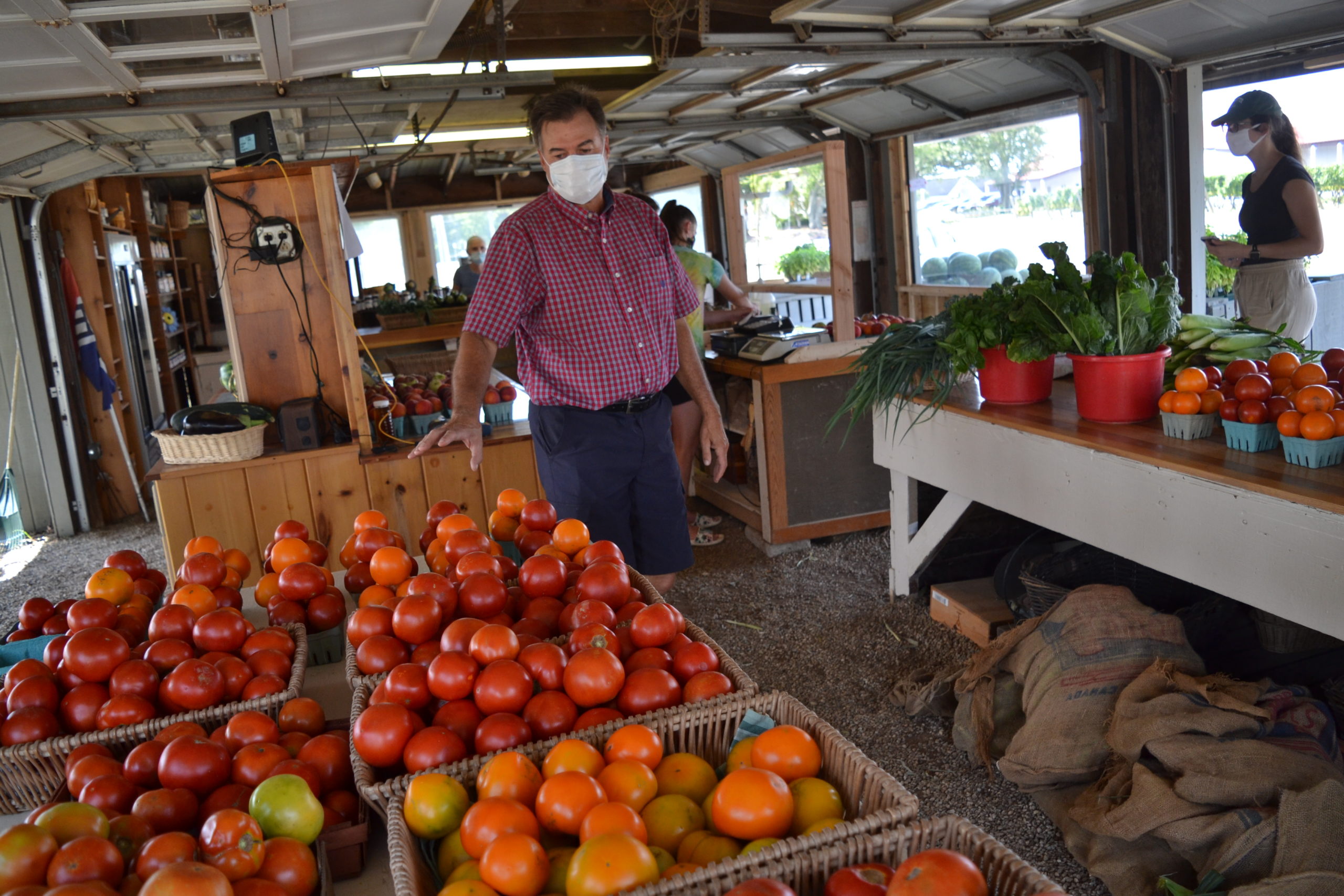
“It saved a lot of the restaurants, being able to do takeout for a larger amount of people,” she says. “We’re in the wine industry, my husband and I. In a time that’s normally really slow for us—March, April, May—we had people getting wine to go, buying cases online. The fact that people were out here was really helpful.”
As Krupski showed the group his farm stand, he said, “All the corn is ours, all of the tomatoes . . . tomatoes are beautiful this year. We’re starting to pick watermelons today. We’ll have winter squash in a couple weeks.”
“We didn’t open until August, so we weren’t actively in business,” says Krupski on how he was affected by COVID-19. His opening happened at a time when COVID numbers on the East End were headed in the right direction. Krupski explained that by August is the time when most of his crop is ready for the farm stand. “Every day is like a holiday weekend,” he says.
Heading to fall, it’s expected that the North Fork will continue to have a busy season, since many of the activities the region is known for can happen outdoors. Places that welcome tourism are getting ready for an influx of visitors, but there are questions on what the pumpkin picking season will look like.
“How do we do the pumpkin picking?” asks Krupski, who also offers hayrides and a corn maze in the fall, on figuring out ways to keep visitors and employees safe. “I think we can keep everyone separate for the most part . . . I think by now most people understand . . . but it’s still going to be an adjustment.”
The goal is to find safe ways to do this. “I think there’s a great opportunity here. The great thing is that we’re outside, in the open air,” says Calarco.
COVID safety is also a concern for Crescent. As far as COVID-19 precautions go, Corwin says “we temperature check everyone that comes in” to work. They have also installed plexiglass to avoid close contact with other’s working and everyone is required to wear a mask.
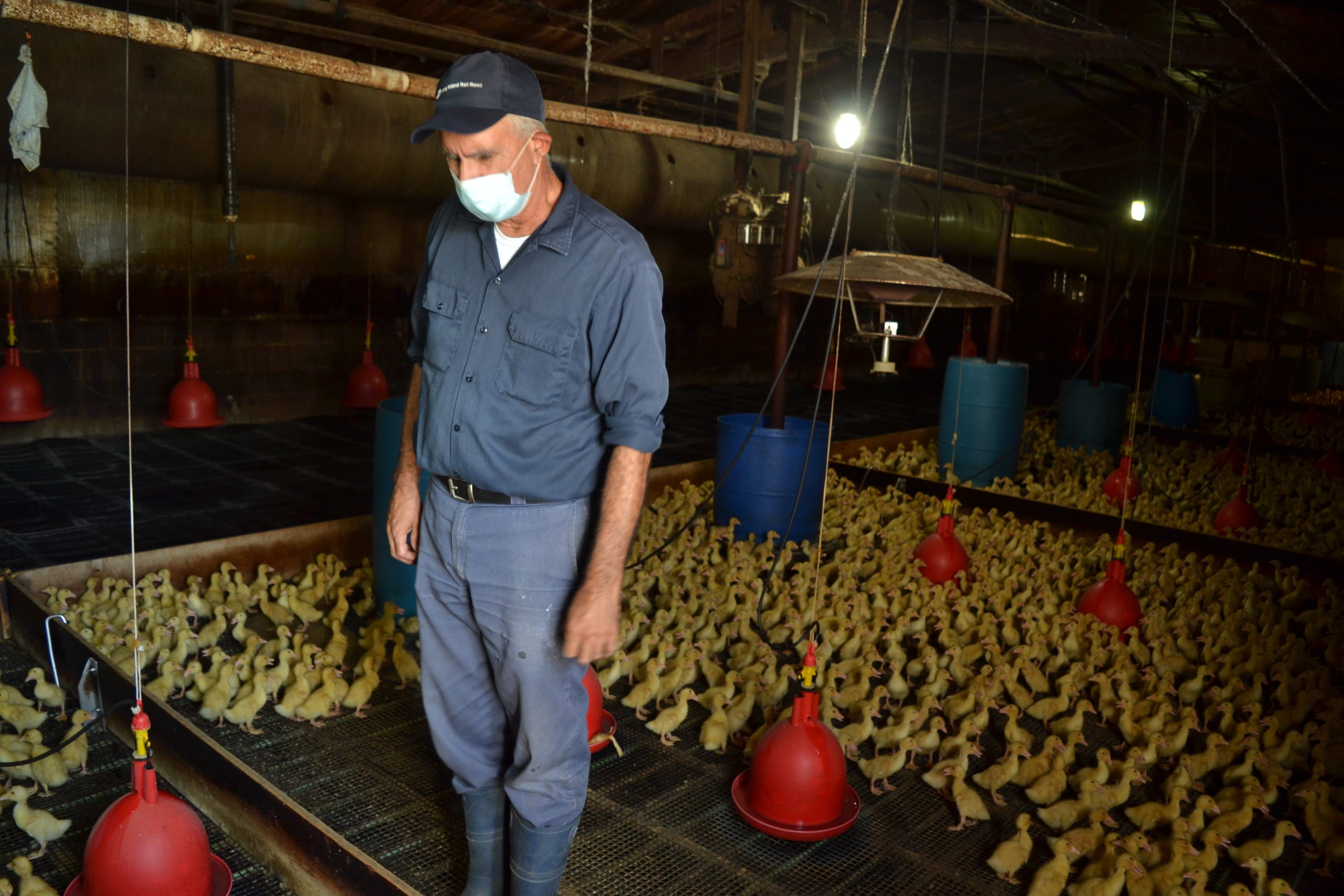
On the same morning as the tour, Governor Andrew Cuomo mentioned that New York State has seen an increase in COVID-19 clusters associated with farms that employ out-of-state seasonal workers, who work and live in close proximity. He did not specify where in New York State this had become a problem.
The state will deploy mobile testing teams to counties that have the highest influx of seasonal workers.
Nappa says ultimately it’s about finding the balance, recognizing “how to be in business but stay safe for our staff and customers.”
“There’s not a one-size-fits-all solution to these issues,” says Calarco.
“I’m not worried about the future. We’ll make the smart decisions . . . try to stay within my community. We’ll be fine,” says Corwin. “We’ll survive, we’ll adapt and look for different markets.”
“It’s the biggest change of our generation,” he adds. “But people still have to eat.”



